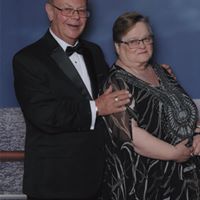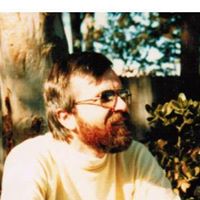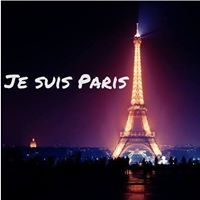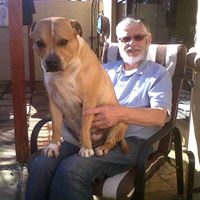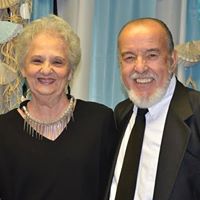Who was the first recorded European explorer to visit Easter Island?
The first-recorded European contact with the island was on April 5, 1722, when Dutch explorer Jacob Roggeveen visited the island. Roggeveen was in search of "Terra Australis" (a hypothetical southern continent), the expedition encountered the unknown island and named it Easter Island for the day they landed.
Jacob Roggeveen was born in 1659. His father Arend Roggeveen, a mathematician, had an interest in the location of Terra Australis. Jacob carried on his father's interest to prove the existence of the southern continent.
On 1 August 1721 he started on an expedition sponsored by the Dutch West India Company, to explore and open a western trade route to the Spice Islands. The fleet consisted of three vessels with a crew of 223. The expedition sailed down to the Falkland Islands and passed through the Strait of Le Maire and continued southward past 60 degrees south to enter the Pacific Ocean. The expedition made stops at Chile, the Juan Fernández Islands and discovered Easter Island. Roggeveen also charted the location of islands in the Tuamotu Archipelago, the Society Islands, and islands in Samoa.
The flagship was lost at Takapoto atoll. The two remaining vessels reached the Dutch East Indies, where he was arrested for violating the monopoly of the Dutch East Indies Company and had his ships confiscated.
After a long legal battle back in the Netherlands, he was able to get compensation for the seizing of the ships and was able to pay his crew. He died in 1729.
More Info:
en.wikipedia.org



